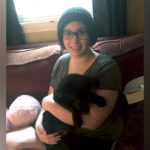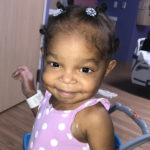Beating the odds with biliary atresia: Sarah’s story
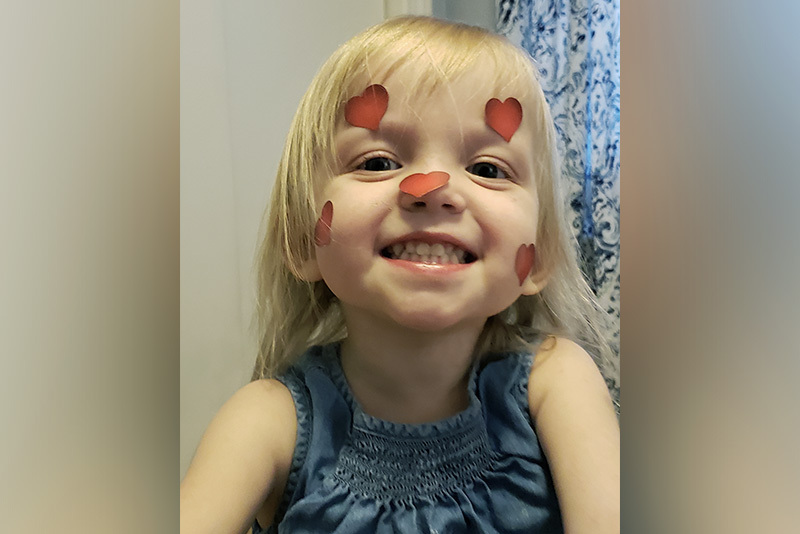
Five-year-old Sarah Sirpenski loves watching TV shows about baking and is eager to try her hand at it herself. She likes to spend time in her family’s kitchen, measuring out imaginary cups of sugar and other ingredients, say her parents, Kate and Dan. One of her doctors even calls her “corn muffin” — although that whimsical nickname has an inspiration far more serious than simply a sweet treat.
“You’d never know what she’s been through just by looking at her,” says Dan.
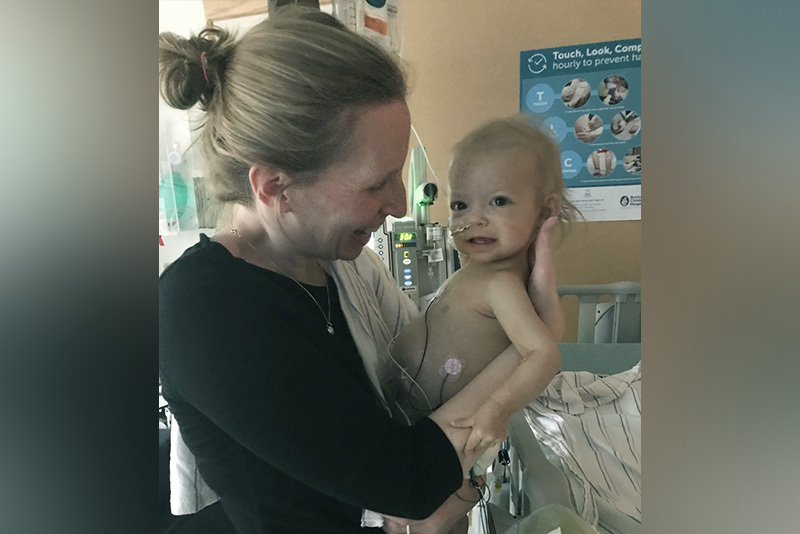
From zero to sixty
When Sarah was born, she appeared a little jaundiced, a common occurrence in many infants.
But when a blood test revealed high levels of bilirubin — a yellow substance found in bile — her pediatrician recommended further evaluation to assess the health of her liver and gallbladder. Ultimately, the family had a likely diagnosis: biliary atresia.
In biliary atresia, the most common cause of liver disease in newborns, a tube called the common bile duct is blocked or damaged, blocking the flow of bile. This can quickly lead to malnutrition and liver damage. Because biliary atresia can only be confirmed with surgery, Sarah needed to undergo a Kasai portoenterostomy, a procedure that restores the drainage of bile and connects the liver back to the intestine. Her physicians referred her to the Center for Childhood Liver Disease at Boston Children’s Hospital.
“It seemed like one week, we were talking to the team at Boston Children’s and the next, Sarah was having surgery,” says Dan. “Everything went from zero to sixty like a lightning bolt.”
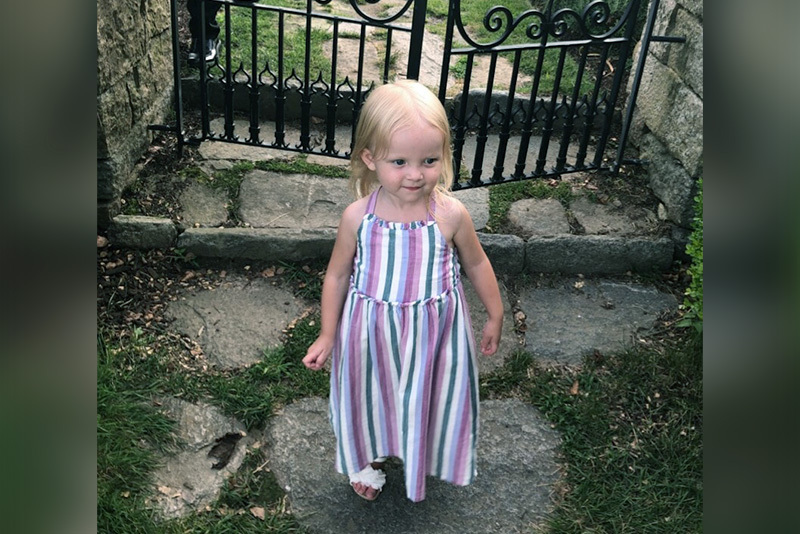
Just trying to survive
There was a reason why time was of the essence: Even with surgery, the liver damage associated with biliary atresia can ultimately necessitate a liver transplant. The Kasai procedure — performed by Dr. Heung Bae Kim when Sarah was just shy of 2 months old — went extremely well, and for a while, it seemed that Sarah was in the clear.
But this procedure cannot cure biliary atresia. Instead, many children who have Kasai portoenterostomies early in life will still need a liver transplant because the inflammatory process of biliary atresia involves the bile ducts in and outside the liver. Kids with biliary atresia are also prone to cholangitis, an infection of the bile ducts.
Within a few months, Sarah was experiencing cholangitis herself. She had to have her bile ducts drained, needed intravenous antibiotics, and had a feeding tube to ensure she received enough nutrients. In an attempt to gain weight, she snacked on calorie-rich Dunkin Donuts corn muffins, which inspired hepatologist Dr. Christine Lee’s nickname for her.
“That first year and a half was really rough,” says Kate. “We felt like we were on a treadmill going nowhere — just trying to survive.”
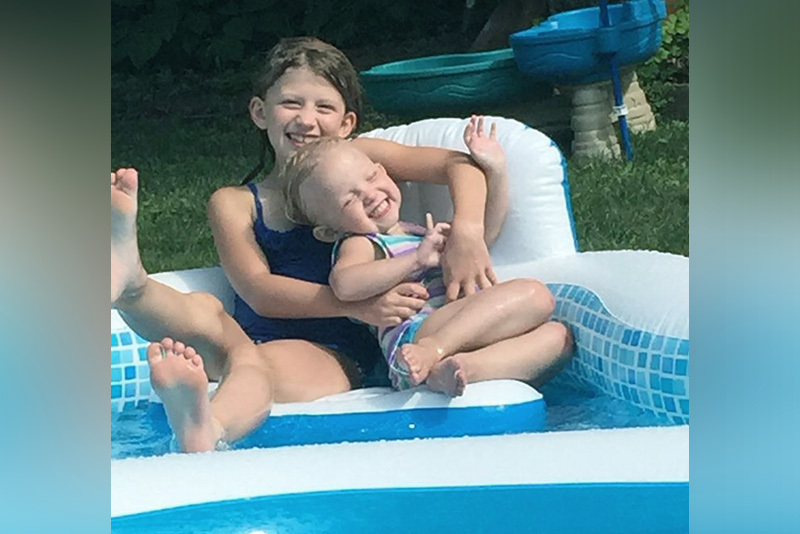
Delaying transplant
All told, Sarah spent about three months as an inpatient at Boston Children’s. Although she eventually began to improve, the specter of a transplant loomed. “Dr. Kim was always trying to push the goal post,” says Dan. “We all wanted Sarah to get to her third birthday before she needed a new liver.” When it seemed a transplant was inevitable,
But even as Sarah and her family prepared themselves for transplant, her clinicians had one more trick up their sleeves. Dr. Kim and his colleague, fellow surgeon Dr. Khashayar Vakili, believed that they could use an innovative surgical approach that might be able to delay the need for liver transplantation. Sarah’s parents agreed to proceed and the operation was successfully performed and worked as planned.
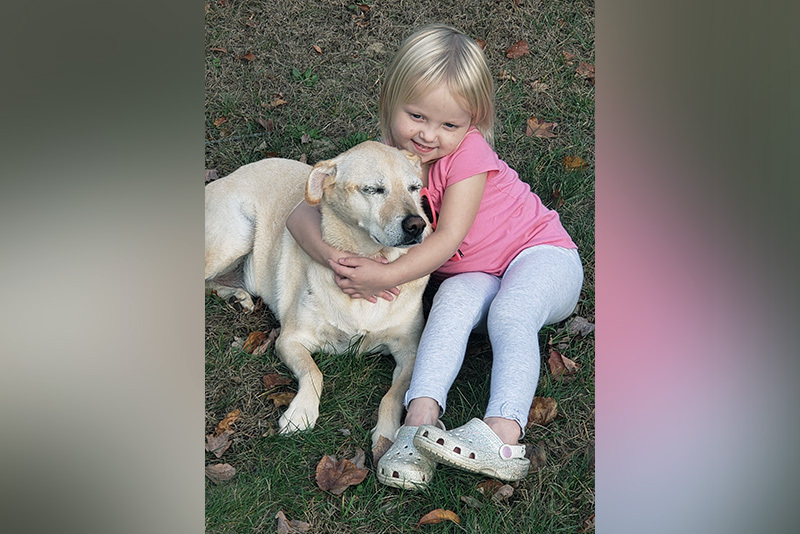
Beating the odds
So far, the procedure has been a success, and Sarah has been able to delay a transplant. She has an amazing memory, often quoting movies, and loves making people laugh. She also enjoys hanging out with her older sister, Norah, playing with her dog, Grace, and learning to ride her bike. “She just wants to keep going faster and faster,” says Kate. While it’s still uncertain what the future holds, Sarah has already beaten the odds — and her parents are grateful for her care.
“Boston Children’s has always been there to support us,” says Kate. “Some families travel across the world to come here. We’re lucky it’s in our own backyard.”
Learn more about the Center for Childhood Liver Disease.
Related Posts :
-

Trusting their instincts: Gary’s parents find help for immune-mediated hepatitis
For Mercedes Hollingsworth and Gary Walker, Jr., trusting their parental instincts helped get their son Gary Walker III — affectionately known ...
-

Coping with hepatoblastoma: It didn’t take magic for John’s family to find answers
John Ogden considers himself a bit of a wizard. When his dad, Nick, says he wishes he had a boat, ...
-

Meghan’s journey with UESL: Finding treatment for a rare form of liver cancer
In the spring of 2017, Meghan Tompkins and her parents, Danni and Michael, arrived at the Dana Farber/Boston Children’s ...
-

Going 'all in' for Khori: New hope for congenital enteropathy
Khori LeBlanc is “one of the sassiest and sweetest kids you’ll ever meet,” says her mom, Bryanna Black. Her ...




